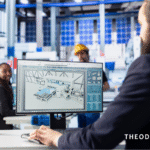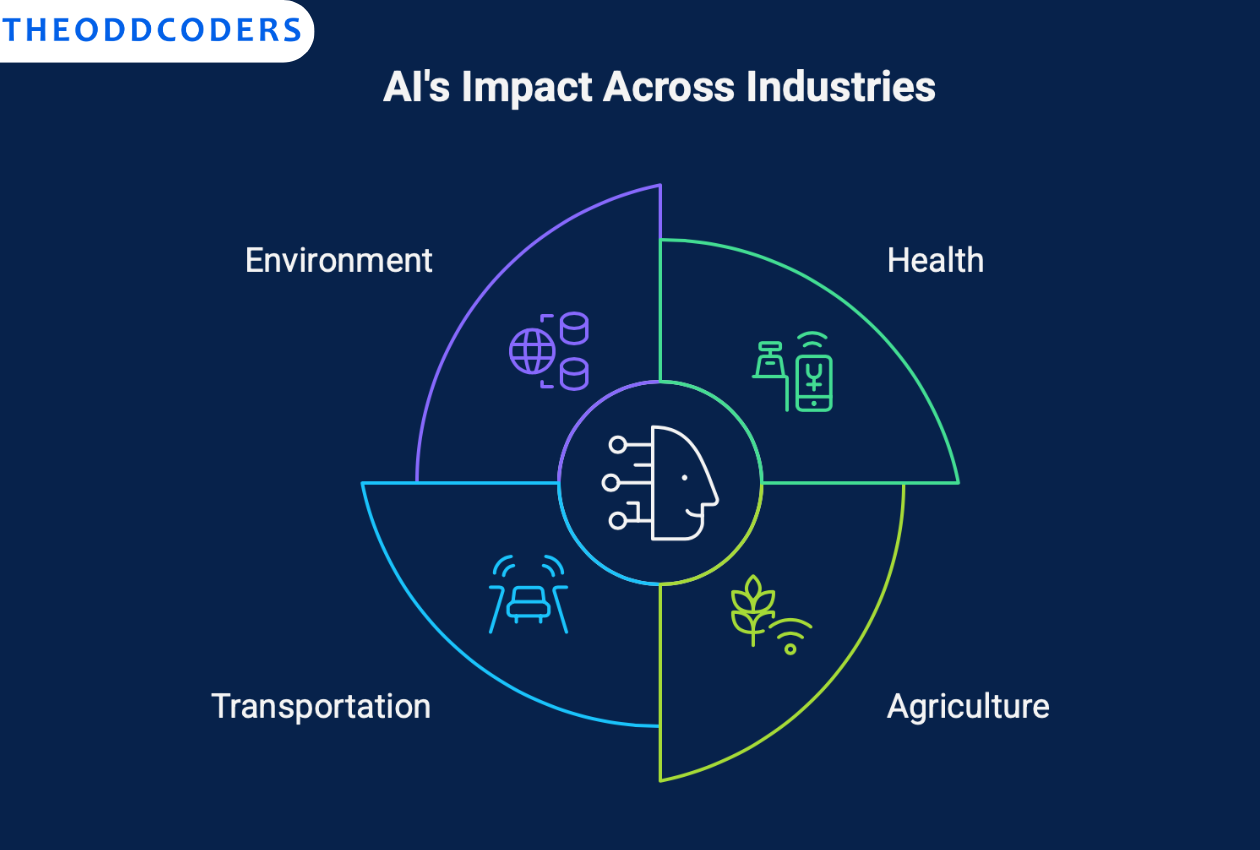
Imagine walking into a hospital where doctors can predict heart attacks before they happen, or living in a city where traffic lights automatically adjust to reduce your commute time by 30%. This isn’t science fiction; it’s happening right now, thanks to Artificial Intelligence (AI) being used for good.
While headlines often focus on AI replacing jobs or privacy concerns, there’s an incredible story unfolding behind the scenes. Across industries, AI is quietly solving some of humanity’s biggest challenges, from saving lives in healthcare to protecting our planet’s environment.
Let’s explore how this powerful technology is making a real difference in our daily lives.
What is AI?
Think of AI as a really smart assistant that can learn from experience. Just like how you get better at cooking by trying new recipes and learning from mistakes, AI gets better at solving problems by analysing massive amounts of data and finding patterns humans might miss.
For example, when you ask your phone’s voice assistant about the weather, AI processes your speech, understands your question, looks up current conditions, and responds all in seconds. That’s AI working to make your life easier.
Healthcare: Saving Lives with Smart Technology
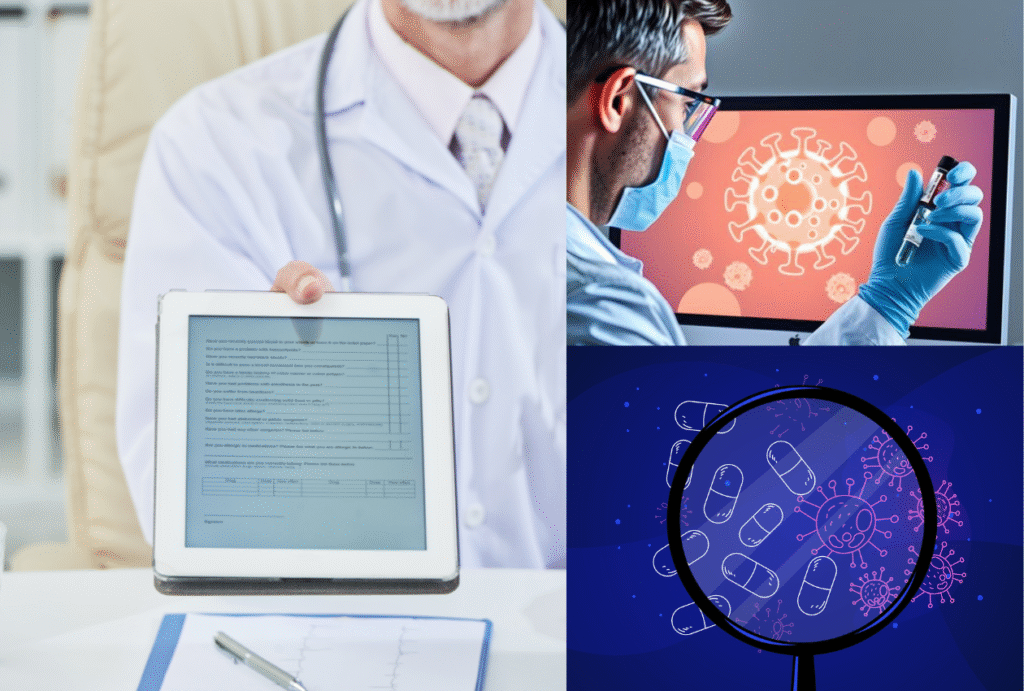
Early Disease Detection
AI is revolutionising how doctors detect diseases by analysing medical images with remarkable precision. Machine learning algorithms can examine thousands of X-rays, CT scans, and MRIs in the time it takes a radiologist to review just a few. These systems learn from millions of medical images, helping identify subtle patterns that might indicate early-stage cancer, heart disease, or neurological conditions.
What makes this particularly powerful is AI’s ability to work 24/7 without fatigue, ensuring consistent accuracy even during busy periods. Rural hospitals and clinics with limited specialist access can now provide advanced diagnostic capabilities, democratizing quality healthcare across geographic boundaries.
The technology also excels at screening programs, processing mammograms for breast cancer detection or retinal photos for diabetic complications, allowing healthcare systems to catch diseases in their earliest, most treatable stages.
Drug Discovery Acceleration
Traditional drug development is expensive and time-consuming, with most potential treatments failing in clinical trials. AI is transforming this process by predicting how different compounds might interact with human biology before expensive lab testing begins.
Machine learning models analyse vast databases of molecular structures, genetic information, and disease pathways to identify promising drug candidates. This computational approach can screen millions of potential compounds in weeks rather than years, dramatically reducing the time and cost of bringing new medications to market.
AI also optimises clinical trial design by identifying ideal patient populations and predicting potential side effects, making trials more efficient and safer for participants.
Personalised Treatment Plans
Every patient is unique, with different genetic makeups, medical histories, and lifestyle factors that influence how they respond to treatments. AI processes this complex web of information to create truly personalised treatment recommendations.
These systems consider everything from genetic markers that affect drug metabolism to lifestyle factors that might influence treatment success. The result is precision medicine that moves beyond one-size-fits-all approaches to treatments tailored specifically for individual patients, improving outcomes while reducing adverse effects.
Agriculture: Feeding the World Smarter
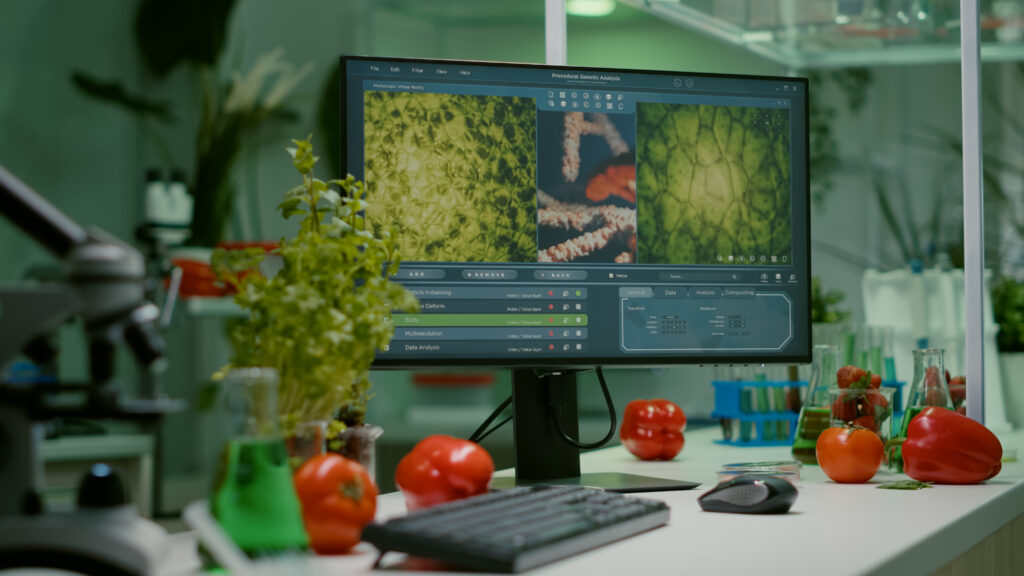
Precision Farming
Modern agriculture faces the challenge of feeding a growing global population while using resources more efficiently. AI-powered drones and satellite imagery provide farmers with detailed, real-time information about their crops that was previously impossible to obtain.
These systems can detect pest infestations, nutrient deficiencies, disease outbreaks, and water stress across vast fields with pinpoint accuracy. Computer vision algorithms analyse plant health at the individual leaf level, while sensors measure soil moisture, temperature, and nutrient content throughout the growing season.
Smart irrigation systems use this data to deliver precisely the right amount of water and fertilizer to each section of a field, reducing waste while maximising crop yields. Some farms report yield increases of 15-30% while using 20-40% fewer resources through these precision agriculture techniques.
Weather Prediction and Risk Management
Agriculture depends heavily on weather patterns, but traditional forecasting often lacks the precision farmers need for critical decisions. AI processes vast amounts of meteorological data, including satellite imagery, atmospheric conditions, and historical weather patterns to provide hyperlocal forecasts.
These advanced prediction systems can forecast weather conditions for specific fields rather than general regions, helping farmers make informed decisions about planting, harvesting, and crop protection. AI also analyses long-term climate trends to help farmers adapt their practices for changing environmental conditions.
Risk assessment algorithms evaluate multiple factors, including weather patterns, market conditions, and historical data, to help farmers make strategic decisions about crop selection, insurance needs, and resource allocation.
Reducing Food Waste
Approximately one-third of all food produced globally is lost or wasted somewhere along the supply chain. AI tackles this problem at multiple points, from farm storage to consumer delivery.
Smart sensors monitor storage conditions in real-time, alerting farmers and distributors to temperature, humidity, or pest issues before they cause significant losses. Predictive analytics optimises supply chain logistics, ensuring fresh produce reaches markets quickly and efficiently.
AI-powered inventory management systems help retailers predict demand more accurately, reducing overordering and spoilage. Computer vision systems in processing facilities automatically sort produce by quality and ripeness, directing items to appropriate markets and extending overall shelf life.
Environment: Protecting Our Planet
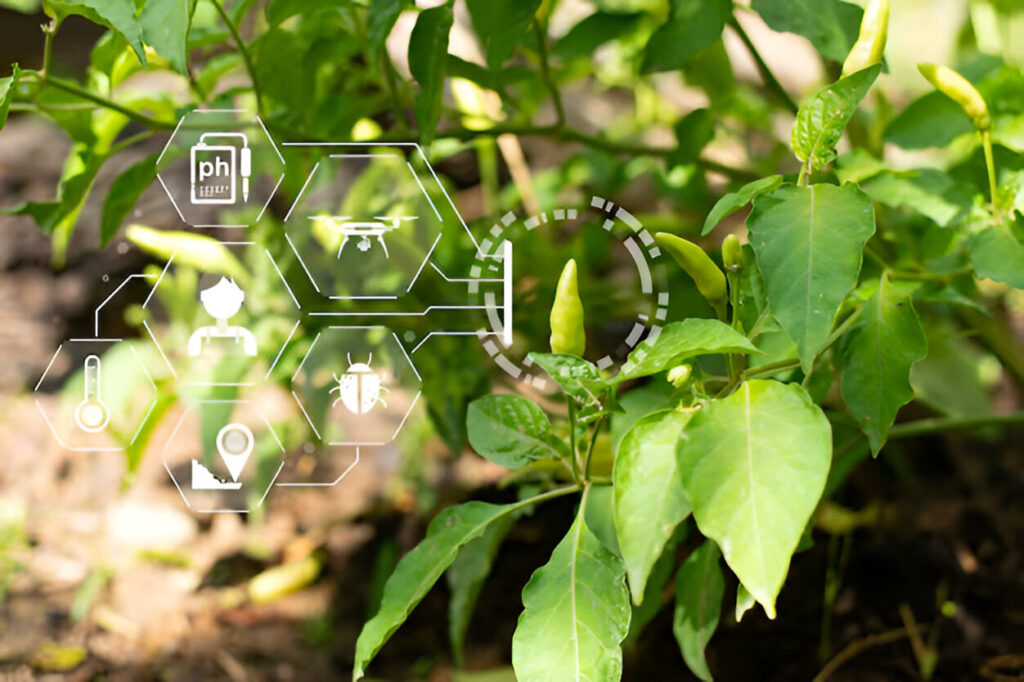
Climate Change Solutions
AI is becoming a powerful weapon in the fight against climate change by optimising energy systems and reducing environmental impact across industries. Machine learning algorithms analyse massive datasets of environmental information to identify patterns and solutions that humans might miss.
Energy companies use AI to predict renewable energy generation from solar panels and wind turbines, helping balance electrical grids more efficiently. These systems can forecast energy production days in advance, allowing utilities to reduce reliance on fossil fuel backup systems.
AI also optimises industrial processes to minimise waste and energy consumption. Manufacturing facilities use intelligent systems to monitor equipment efficiency, predict maintenance needs, and adjust production parameters to reduce environmental impact while maintaining quality standards.
Carbon capture and storage projects leverage AI to identify optimal locations for storing captured carbon dioxide and monitor storage sites for safety and effectiveness.
Smart Energy Management
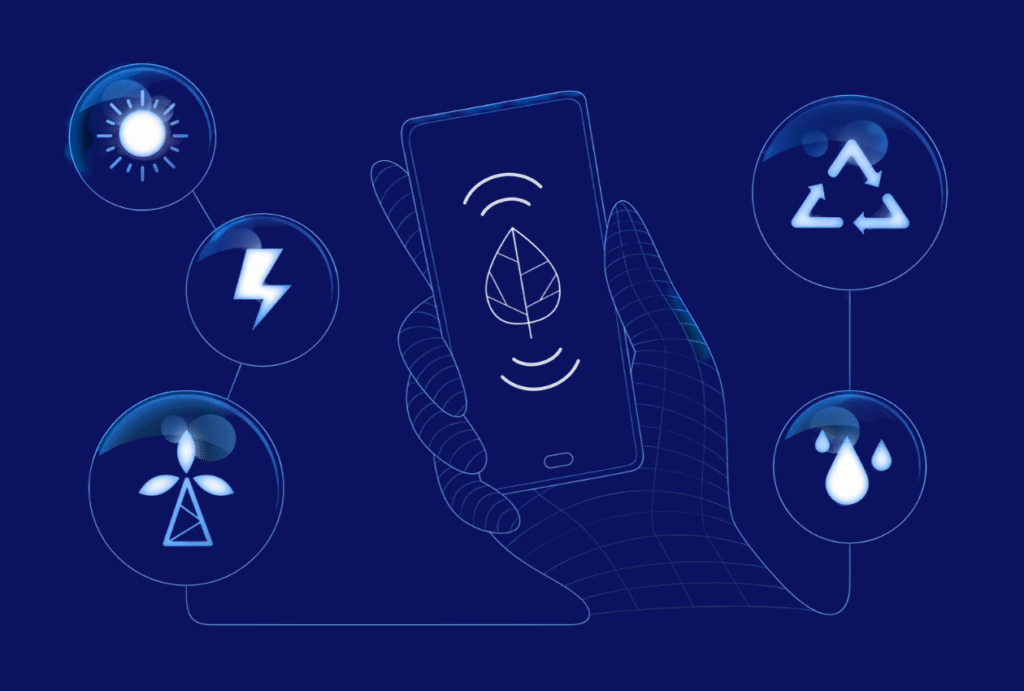
The transition to sustainable energy requires intelligent management of complex electrical systems. AI optimises electricity grids by predicting energy demand and balancing renewable sources like solar and wind power. In smart homes, AI learns your daily routines and adjusts heating, cooling, and lighting automatically, reducing energy bills by up to 25%.
Smart building systems integrate weather forecasts, occupancy patterns, and energy pricing to minimise consumption while maintaining comfort. These systems can pre-cool buildings using renewable energy during peak solar generation hours, reducing demand during expensive peak periods.
Grid-scale energy storage systems use AI to decide when to charge and discharge batteries, maximising the value of renewable energy and providing stability to electrical networks as they incorporate more variable renewable sources.
Transportation: Making Movement Safer and Efficient
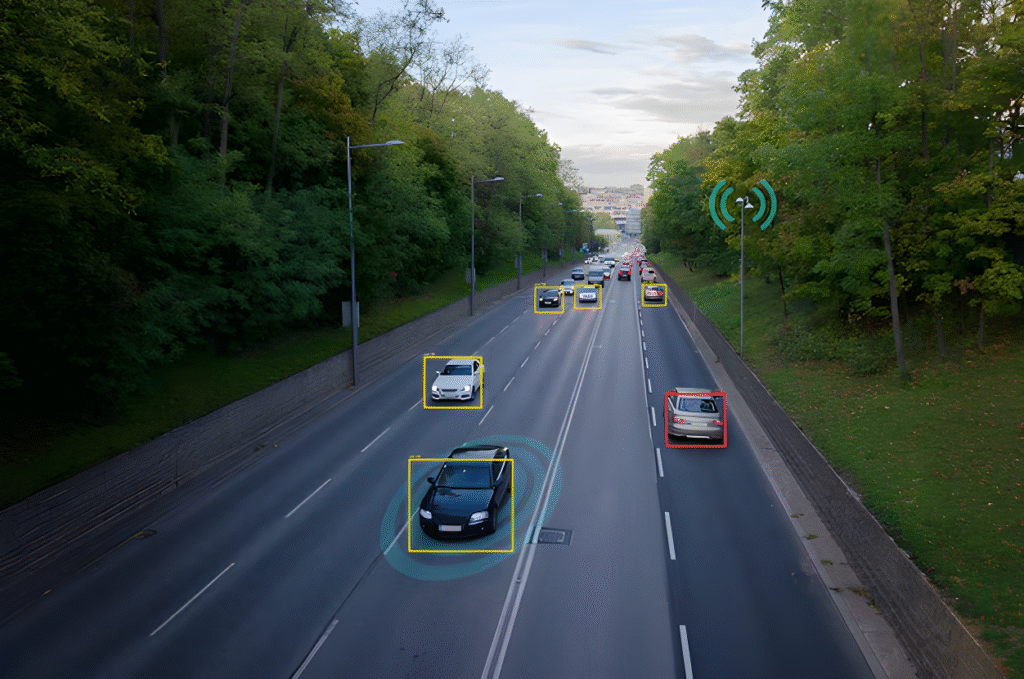
Traffic Management
Urban traffic congestion costs cities billions in lost productivity and increased pollution. AI powered traffic management systems process real-time data from cameras, sensors, and connected vehicles to optimize traffic flow throughout entire metropolitan areas.
These intelligent systems adjust traffic light timing dynamically based on actual traffic patterns rather than fixed schedules. Machine learning algorithms analyse historical traffic data, special events, weather conditions, and even social media trends to predict traffic patterns and proactively adjust routing recommendations.
Smart traffic systems can reduce average commute times by 20-30% while simultaneously decreasing fuel consumption and emissions. Emergency vehicle priority systems use AI to create green corridors for ambulances and fire trucks, potentially saving lives through faster response times.
Public transportation benefits from AI through predictive maintenance, route optimisation, and passenger demand forecasting, making buses and trains more reliable and efficient.
Predictive Maintenance
Transportation safety and efficiency depend heavily on equipment reliability. AI analyses sensor data from vehicles, aircraft, ships, and infrastructure to predict when components might fail before they actually break down.
These systems monitor thousands of parameters, including vibration patterns, temperature fluctuations, electrical signals, and performance metrics to identify early warning signs of potential failures. Airlines use AI to optimize maintenance schedules, reducing unexpected breakdowns while avoiding unnecessary repairs.
Railway systems leverage AI to monitor track conditions, signal systems, and rolling stock, preventing dangerous derailments and service disruptions. The technology helps transportation companies balance safety requirements with operational efficiency, reducing costs while improving reliability.
Autonomous Emergency Response
Emergency medical services are integrating AI to improve response times and patient outcomes. Intelligent dispatch systems analyse emergency calls, traffic conditions, and hospital capacity to optimise ambulance routing and hospital selection.
AI systems can analyse patient vital signs and symptoms during transport, providing emergency room staff with critical information before patients arrive. This preparation time allows medical teams to have appropriate equipment and specialists ready, potentially saving crucial minutes in life-threatening situations.
Autonomous vehicle technology is being adapted for emergency response, with self-driving ambulances potentially allowing paramedics to focus entirely on patient care while the vehicle navigates efficiently through traffic.
The Human Touch Still Matters
It’s important to understand that AI isn’t replacing humans; it’s making us more effective. Doctors still make final treatment decisions, farmers still know their land best, and teachers still provide the emotional support students need. AI simply gives them better tools to do their jobs.
Looking Forward: A Better Tomorrow
The examples we’ve explored are just the beginning. As AI technology becomes more accessible and affordable, we’ll see even more innovative solutions to global challenges. The key is ensuring this technology is developed and used responsibly, with human welfare at the centre.
Your Role in the AI Revolution
You don’t need to be a programmer to benefit from or contribute to AI for good. Support businesses and initiatives that use AI ethically, stay informed about AI developments in your industry, and consider how AI might solve problems you see in your community.
The future isn’t about humans versus machines; it’s about humans with machines creating a better world for everyone.
Whether it’s faster medical diagnoses, more sustainable farming, or cleaner cities, AI for good is already making our world a little bit better each day. And this is just the beginning of what’s possible when technology meets human compassion.
Ready to learn more about AI in your industry? Stay curious, stay informed, and remember, the best AI solutions always start with understanding real human needs.



